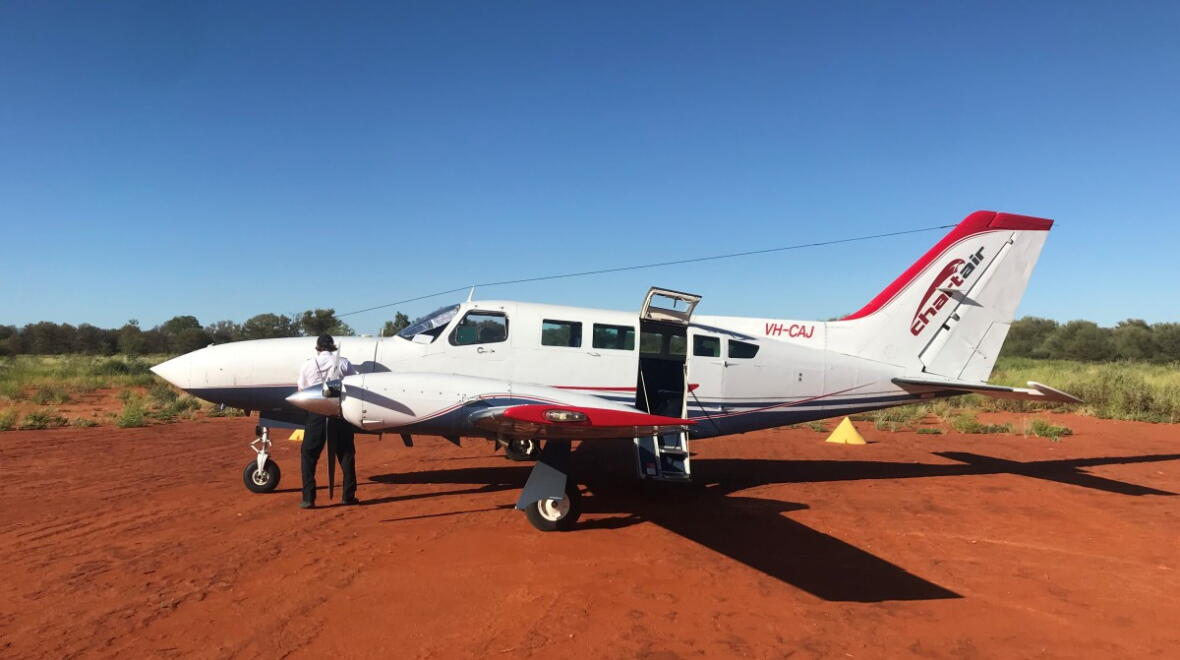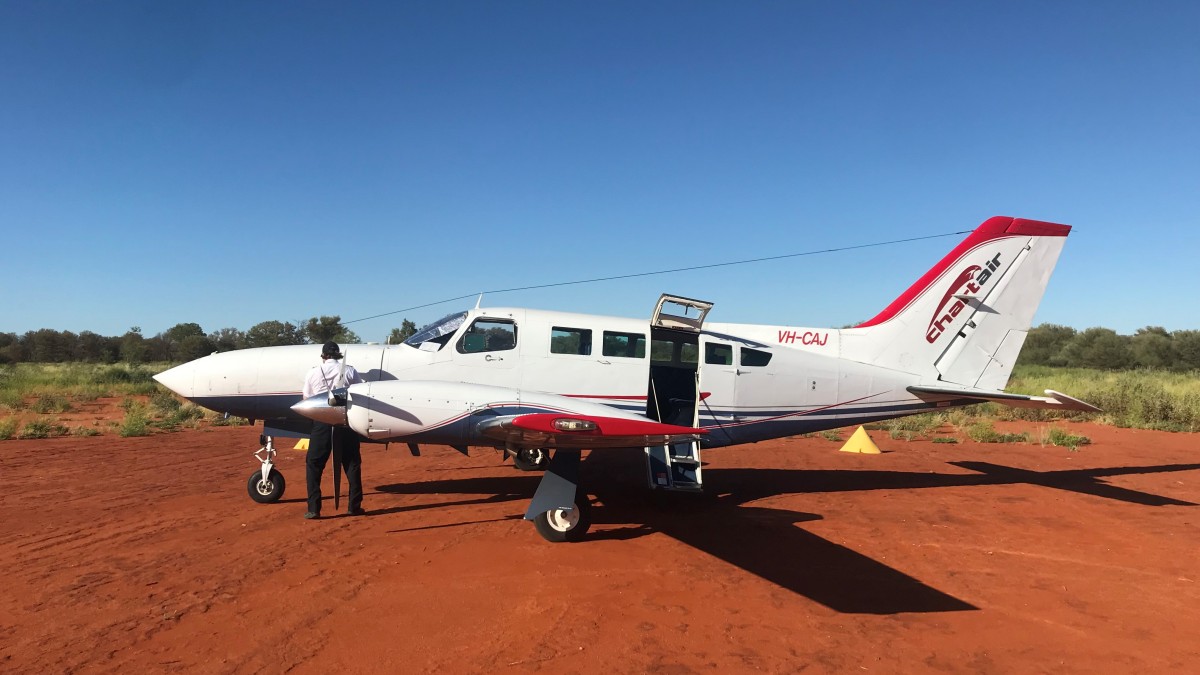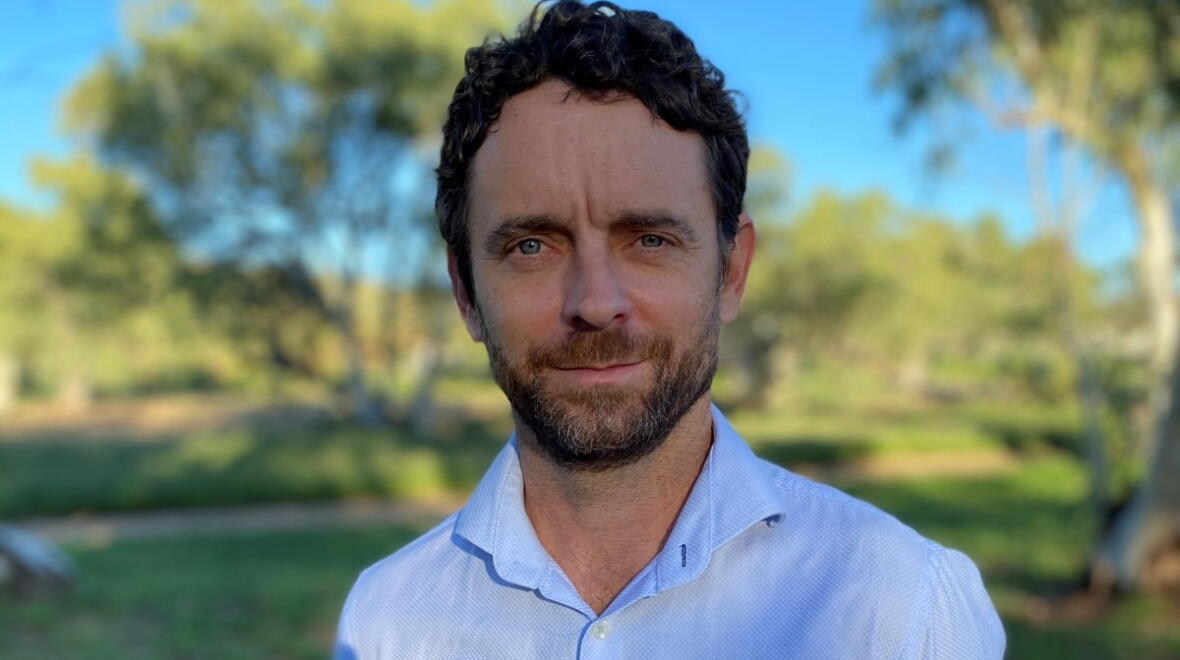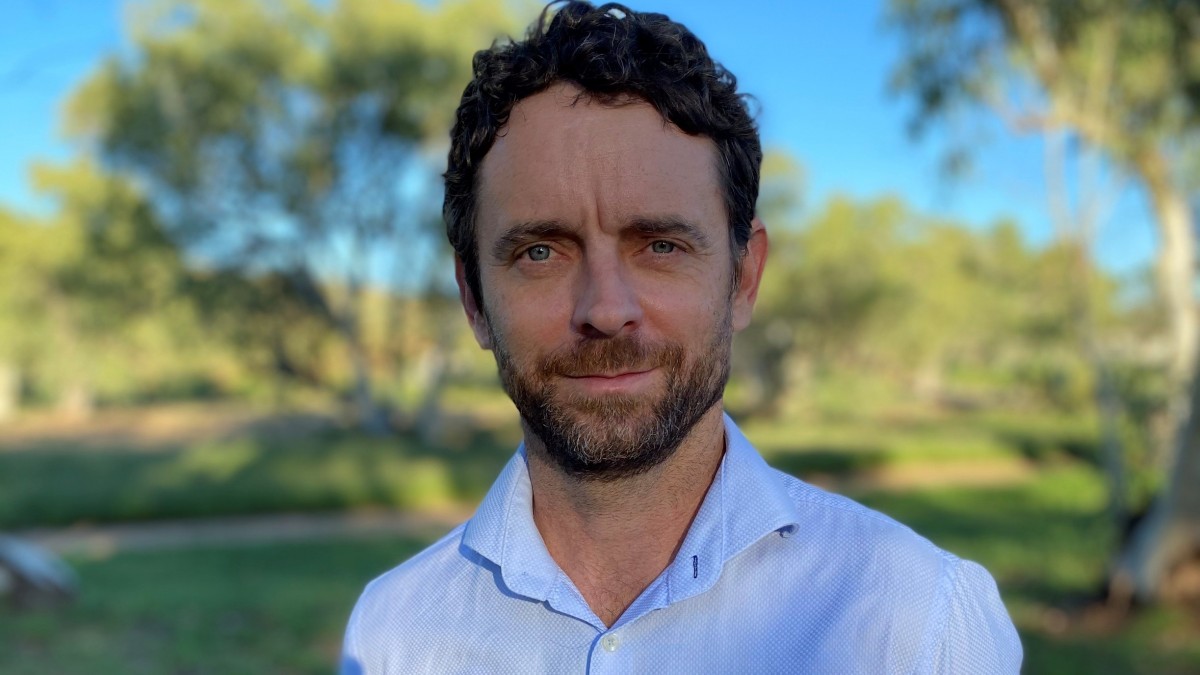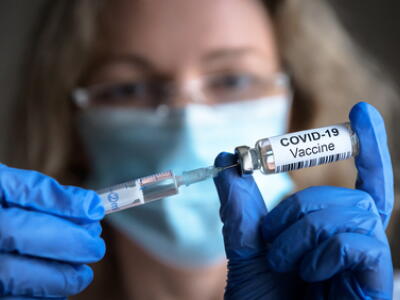More outback doctors needed for people and planet
By: Liz Drummond
Posted on
It might sound surprising, but responsible healthcare doesn’t necessarily mean treatment in the biggest hospital the state has to offer.
When Dr Simon Quilty first arrived at Katherine Hospital in 2012 there were about 700 patients flown to the much larger Royal Darwin Hospital the previous year, some 340km away. But he quickly came to realise that many of these transfers should be avoided.
“When I started asking people whether they were willing to go, I regularly found that they weren’t. It is often the preference of people living in rural and remote towns to stay close to family when they are unwell,” says Quilty, a researcher at The Australian National University’s College of Health and Medicine.
So why are they being transferred? Simply put – there aren’t enough doctors with expertise to manage complex patients in remote areas. With insufficient specialist care, numerous functions are not available in rural and remote hospitals. Quilty maintains this also results in some practitioners being overly cautious in the care they provide, with the knock-on effect of even more people flown to Darwin for health issues that could be treated locally.
“Clinicians know if they call a Careflight evacuation then they don't have to lose sleep over their decisions. But this is not a courageous way to practice medicine, and it comes at an enormous cost – not just financial. It's also in the moving of human beings unnecessarily to places that can be really quite culturally and socially dangerous for them,” says Quilty.
Quilty describes how social circumstances can be thrown into chaos in a city like Darwin. Where visitor accommodation may be distant from the hospital, families don’t have transport, and they are separated from their community support networks.
Exacerbating this problem of retrievals is our warming climate, and Quilty is deeply concerned about increasing extreme heat events and its impact on health.
“It is absolutely my lived experience that rates of cellulitis and soft tissue infections like boils and abscesses, which are lowered from a retrieval point of view, go up in summer,” says Quilty.
Obstetrics, on the other hand, are considered an emergency from a retrieval point of view. Research by Quilty and his colleagues shows a clear association between hotter temperatures and increasing obstetric retrievals in the Northern Territory. But birthing facilities are few and far between, meaning that most women in remote NT have to move to Darwin, Alice or Katherine for “sit-down” time before they go into labour and for a brief period after the baby is born – a precious time in a family’s life where parents and family are separated by great distance.
With a climate change lens in mind, we can’t ignore the fact that aeromedical retrievals are environmentally costly. Aviation burns huge quantities of fuel which contribute to our greenhouse gas emissions.
“Every single human being, particularly those with lots of wealth and resources, needs to be responsible for their carbon footprint. Every single profession and every single industry needs to take responsibility. And aeromedical retrievals have a huge carbon footprint for a single patient transfer,” says Quilty.
So what can we do to help people and the planet when it comes to unnecessary aeromedical evacuations? Quilty says the answer is simple – we need more doctors in the outback, and they need the unwavering support of their urban colleagues who have often never professionally ventured far from big cities.
“If you put one single physician in a hospital like Katherine for five years, it more than halves the rates of retrievals from that hospital.”
Indeed, Quilty’s placement as a specialist in Katherine Hospital resulted in halving the number of aeromedical evacuations and improving the scope of services available to people in the region – things like cardiac services and an oncology satellite unit that were only possible as a result of his training and ongoing support of such expansions.
“It’s also time to consider building birthing facilities in places like Tennant Creek. I know there's a very strong desire from the Warumunga People and surrounding First Nations to have services closer to home.”
Quilty estimates the average cost of retrieval from Katherine to Darwin is around $12,000 (aircraft time and fuel, and medical and flight staff time), and then there is the cost of repatriating a mother and her new baby afterwards. He says we only need to reduce 20 obstetric retrievals per year to pay the salary of one obstetrician.
Unfortunately, recruiting doctors to the outback is a challenge. With climate change compounding this problem – about one in three doctors surveyed in 2021 are considering leaving the Northern Territory and cite climate change as a motivating factor. When recruiting for his replacement in Katherine, Quilty advertised for five years before filling this role.
“The culture of medical practice in Australia doesn’t make recruitment to places like Katherine easy. Almost all of a junior doctors’ training is shaped by safety and risk avoidance as practiced in large city hospitals, but in rural and remote medicine such expectations can be nothing more than academic,” says Quilty.
“Learning to manage risk and provide the best possible care in resource-limited settings, to communities that often value cultural necessities such as proximity to family during illness, are skills that can be developed but are not valued through most specialist medical education and training pathways.”
“It's a failure of healthcare systems and colleges like the Australian College of Physicians to not support rural and remote training, and to embrace the advice that they have clearly been given by their rural and remote colleagues regarding training, support, and protections from the fallout of an adverse outcome if it does happen as a result of a patient saying: ‘no, I don’t want to go’.”
- Dr Simon Quilty has lived and worked in the remote Northern Territory working as a specialist physician for the past decade, and has over 20 years experience in remote medicine. Quilty is currently undertaking a PhD examining the relationship between environmental heat and wellbeing in the Northern Territory, taking a cultural lens to examine opportunities to adapt to future warming that is now under way in the tropical north of Australia.
This article was first published by ANU College of Health & Medicine
You may also like
ANU research creates satellite maps for emergency help
First responders would be furnished with almost-instant satellite maps of the natural disasters they are tackling thanks to a new algorithm that Australian National University (ANU) researcher…
Belonging can drive better pandemic health practices
A feeling of belonging, to their neighbourhood and to Australia is key to motivating people to adopt physical distancing and good hand hygiene behaviours during the COVID-19 pandemic new Australian…
Plant-based vaccines for COVID-19 closer with ANU help
An Australian plant may hold the key to rapidly producing vaccines for Ebola, COVID-19, influenza and other viruses as Australian National University researchers collaborate with Canadian…
